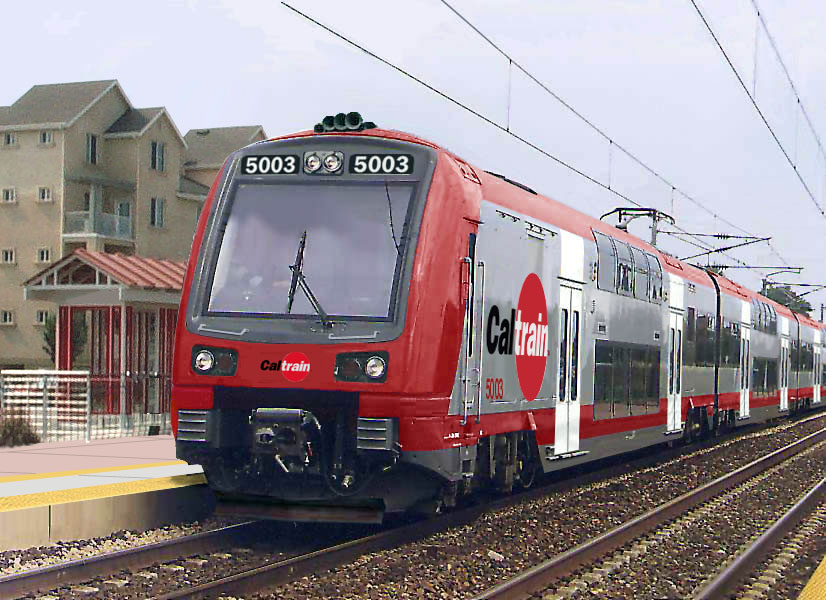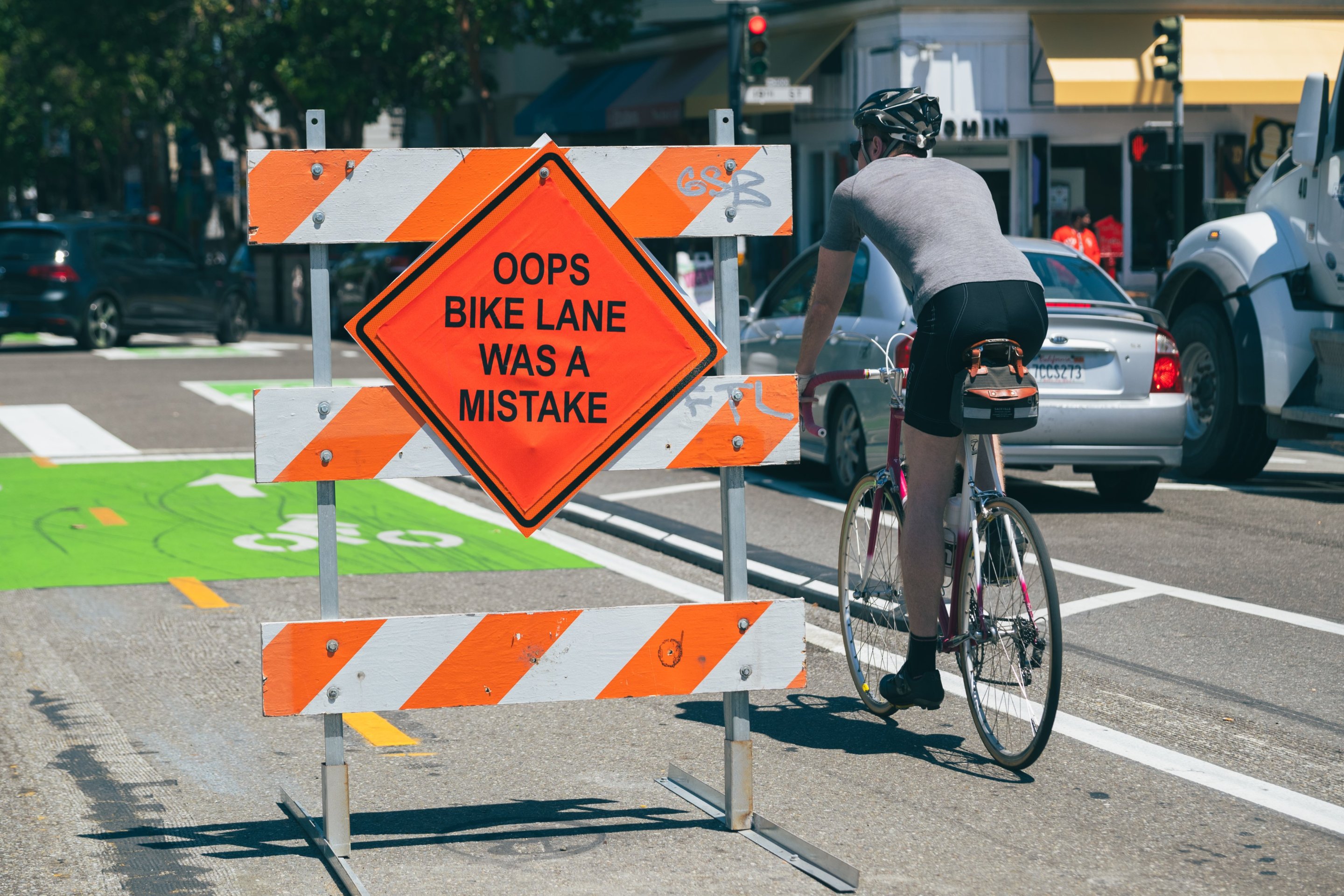As previously reported, fourteen of California’s Republican members of Congress have signed a letter [PDF] to U.S. Transportation Secretary Elaine Chao asking her not to fund the electrification of Caltrain, as a way to gum up the California High-Speed Rail Program, which will share tracks with Caltrain from San Jose to San Francisco. Today, an editorial in the Mercury News summed it up succinctly--no matter where one stands on High-Speed Rail, it makes no sense to clobber Caltrain. From the Merc:
In fact the grant request is from the Peninsula Corridor Joint Powers Board, which owns and operates Caltrain. Electrification has been sought for decades to allow the commuter line to operate more, faster trains at lower cost while ending diesel pollution. The High-Speed Rail Authority hopes to use Caltrain tracks if it gets that far north, but the electrification project stands alone. It is long overdue for the most popular commuter transit line in traffic-gridlocked Silicon Valley. The application has been highly rated by all the federal agencies through whose hoops it had to jump.
It should be noted that the Mercury News editorial board opposes the HSR project. And while Streetsblog has said that HSR is essential to the future of California, the Merc is correct in pointing out that the Caltrain electrification project predates HSR and is legally separated from it. In fact, Streetsblog has criticized the Peninsula Corridor plan for not accommodating the 110-to-125 mph speeds that HSR requires, rather than the 80 mph Caltrain is planning for. That means even after Caltrain is electrified, under the current scheme CAHSRA will have to come in later and re-do some aspects of the route. In the long run, this will cost more than if the Peninsula were just spec'ed for the higher speeds in the first iteration.
But it would be more expensive still for the Trump Administration to listen to the California GOP delegation and stop the $650 million federal grant to electrify Caltrain. That would have no near-term impact on HSR, which will continue being built in the Central Valley. If anything, it might accelerate the HSR project from Bakersfield to San Jose by returning its contribution for Caltrain electrification to the CAHSRA. It will, however, definitely mean that Caltrain will continue to belch out diesel fumes, suffer breakdowns due to outmoded equipment, and keep to its slow pace because diesels have poor acceleration. That lost time gets transferred to the tech workers of Silicon Valley and ultimately will cost the entire nation, which is why tech leaders are speaking out in favor of electrifying Caltrain.
That said, the Caltrain electrification question may be telling about how the Trump Administration functions. During the campaign, Trump talked about his admiration for trains overseas and bemoaned America's quaint, slow, and unreliable transportation networks. As recently as yesterday, he reportedly told a delegation of airline executives: "You go to China, you go to Japan, they have fast trains all over the place." Governor Brown, HSR's biggest booster, was pleased to hear of Trump's envious views of fast trains. It should also be noted that Trump grew up in a place where most commuter trains are electric; from the perspective of a New Yorker, Caltrain's diesel trains must seem bizarrely outdated. So going by what he says, and his background, it should be a no-brainer that the Caltrain funds will get approved despite the efforts of the California GOP.
Either way, the Republican Caltrain letter shows that the members of California's GOP delegation don't understand the HSR project. Perhaps they should remove themselves from the echo chamber of petroleum-funded "think tanks" such as Reason, the National Review, and Ralph Vartabedian's spurious, anti-rail reporting in the LA Times. If they spent some time in Europe, Japan, or China, as apparently President Trump has, they might grasp more about the transportation systems they seem paid to oppose.





